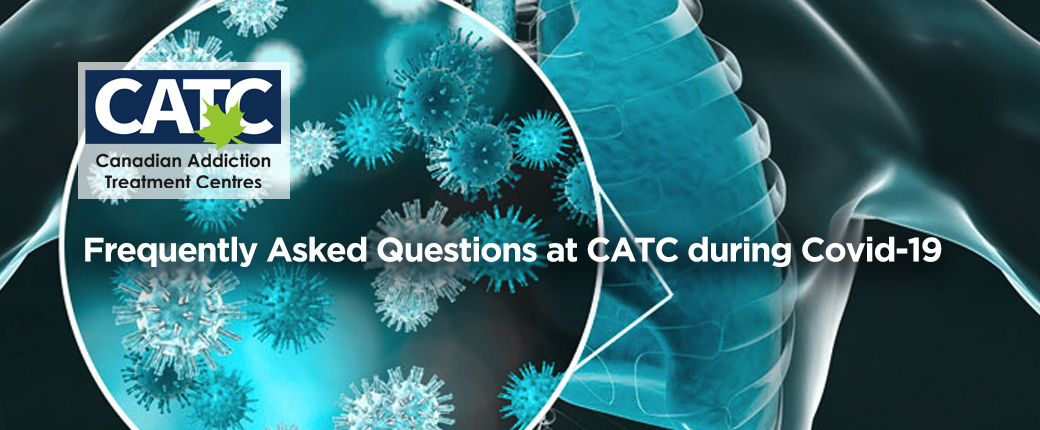Opioid Overdose
Preventing opioid overdose
Do you know how to prevent an overdose?
Here’s what you need to know.
Risk of intoxication and overdose
An opioid overdose can happen when a person:
- uses a drug in a way they don’t normally use it (e.g., crushing, smoking or snorting pills, or injecting instead of swallowing)
- takes an opioid that their body isn’t used to
- relapses or uses after a period of not consuming drugs
- switches to a stronger opioid or switches to heroin
- changes where they get their opioids
- mixes street drugs and/or alcohol and/or medications (e.g., opioid painkillers, antidepressants, sedatives, anti-seizure meds)
- takes a higher dose than they’re used to
- is sick or tired, has liver or kidney damage, or has an illness that affects their breathing
- has a period of not using (e.g., when in custody).
.
Preventing overdose
- Avoid mixing drugs and alcohol. Your risk of overdose goes up if you mix opioids with alcohol, sleeping pills or anxiety pills, other opioids, or many prescription medications.
- Don’t use opioids alone or in an unfamiliar setting.
- If you’re using opioids after a period of cutting down or not using, be sure to start low and go slow. After even a few days without using, a dose that might once have been fine could kill you.
- If you switch to a stronger opioid, use less and do a test dose.
- Remember that the risk of overdose goes up when you increase or change the opioid dose or use a new supply.
.
Signs of overdose
A person may have overdosed if:
- they are not breathing at all or are breathing very slowly
- their lips and fingertips are turning blue or purple
- they are asleep and making an unusual gurgling or loud snoring sound
- they can’t be woken and/or don’t respond to pain (e.g., pinching)
- the person is “on the nod” (falling asleep).
.
What to do if someone has overdosed
- Call 911 right away and ask for an ambulance.
- Shake the person and shout their name.
- Give the person Narcan (naloxone) if available.
- Provide rescue breathing if person is showing signs of respiratory distress
- Turn them on their side to prevent choking.
- Stay with the person until help arrives.
.
Resources and links
Contact the Ontario Harm Reduction Distribution Program for information and resources on opioid overdose prevention and response: www.ohrdp.ca/opioid-overdose-prevention or 1 866 316-2217.
For more information on preventing, recognizing and responding to an overdose, see the U.S. Harm Reduction Coalition’s Opioid Overdose Basics page.
In the longer term, addiction treatment is strongly recommended. Contact ConnexOntario at 1 800 565-8603 or www.connexontario.ca for available addiction treatment resources in your area.
You can also visit the Ministry of Health and Long-Term Care’s Ontario’s Narcotic Strategy home page for a list of resources and references.








